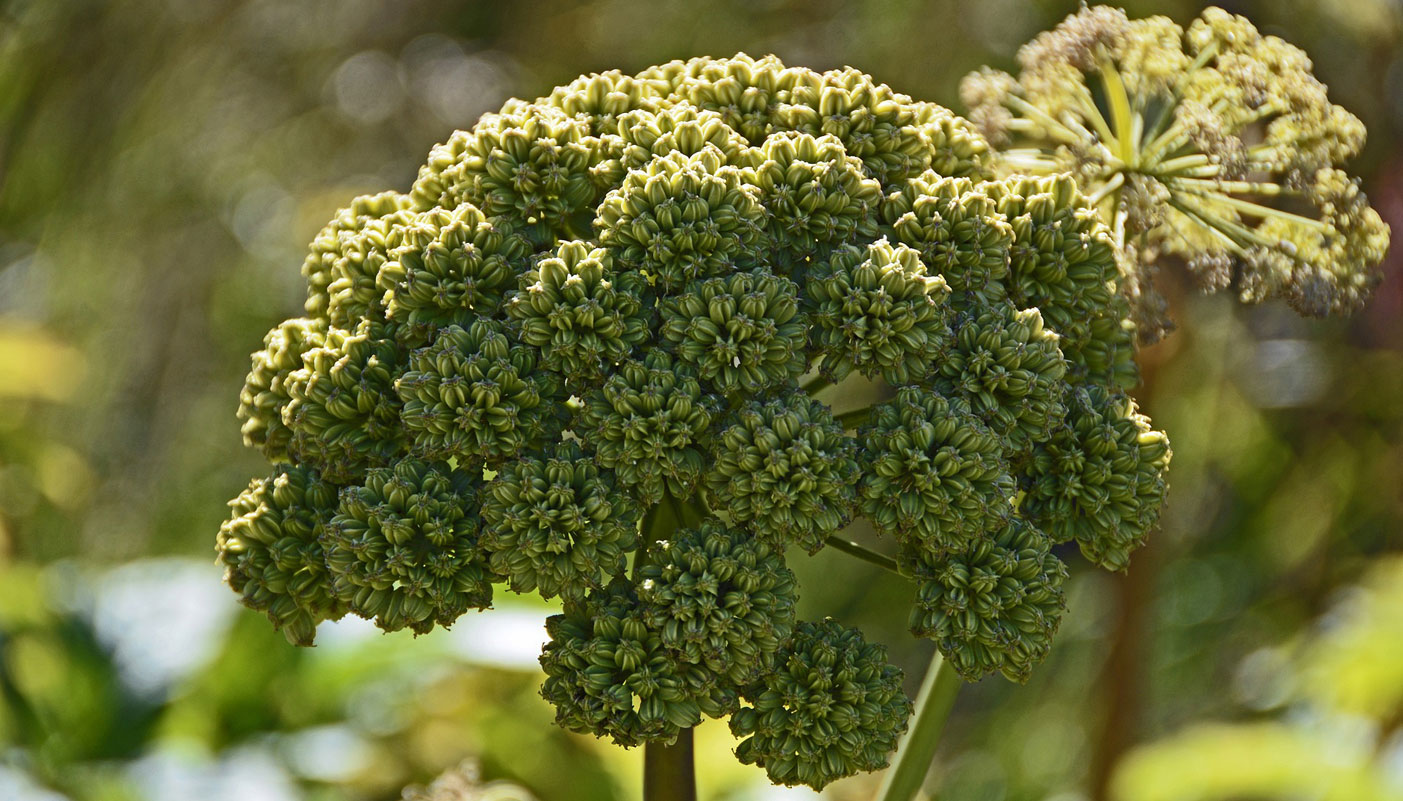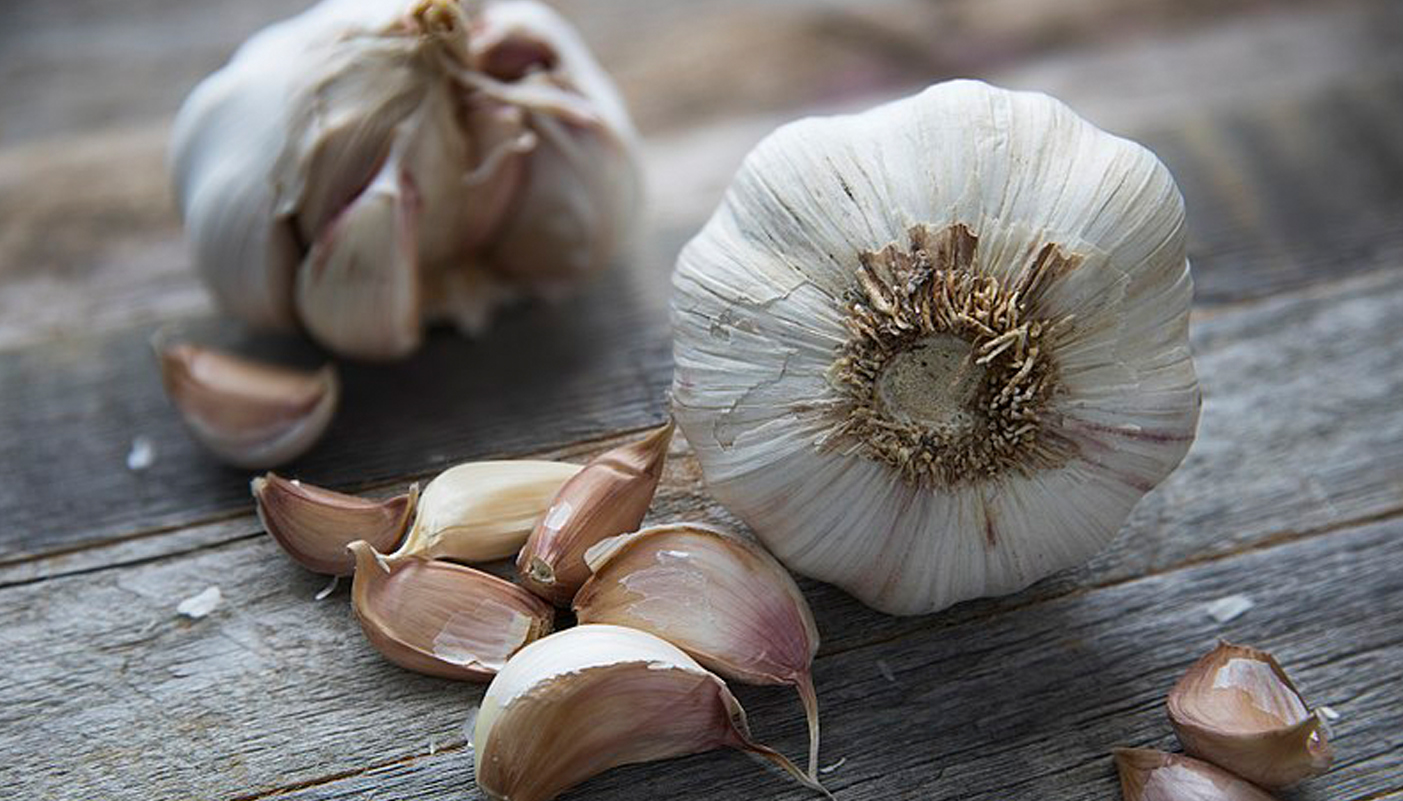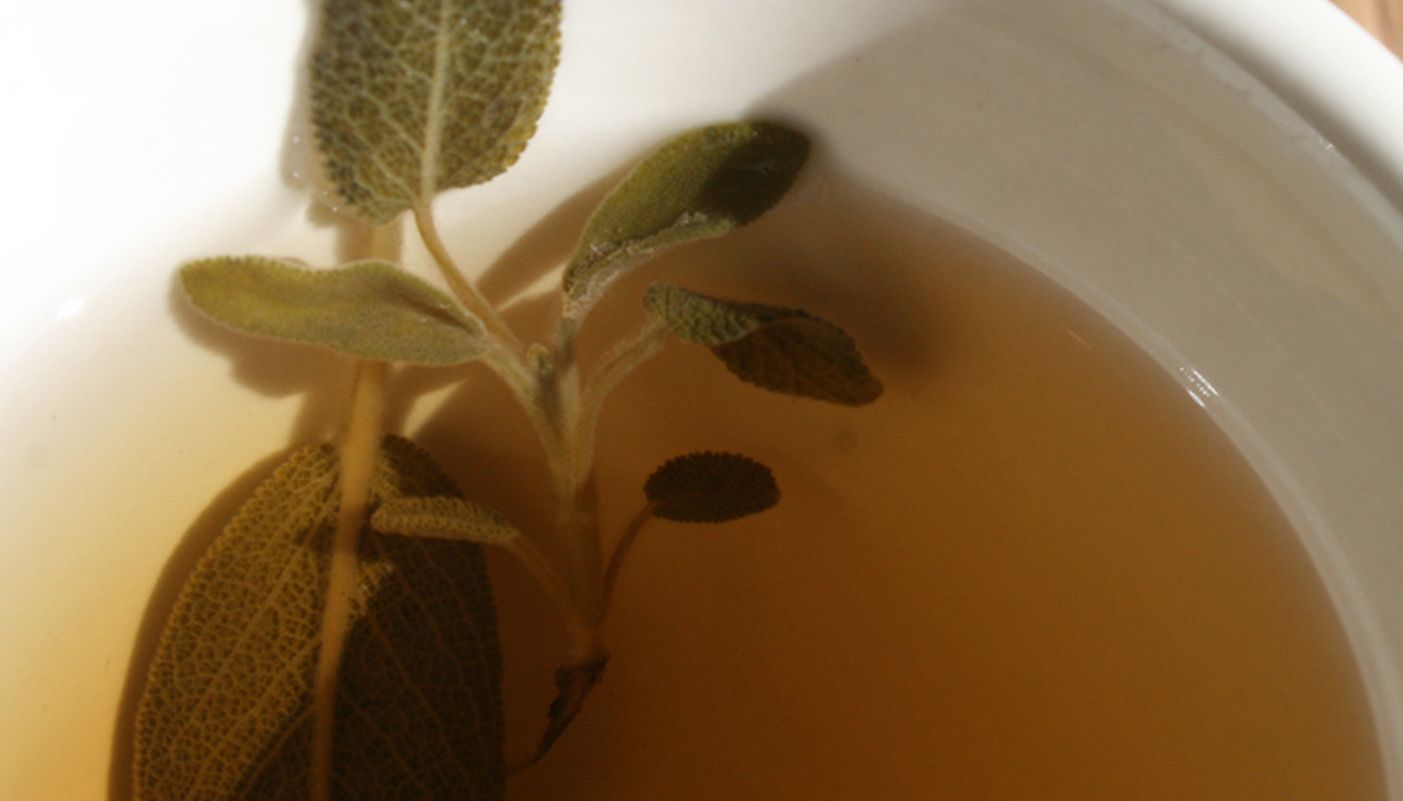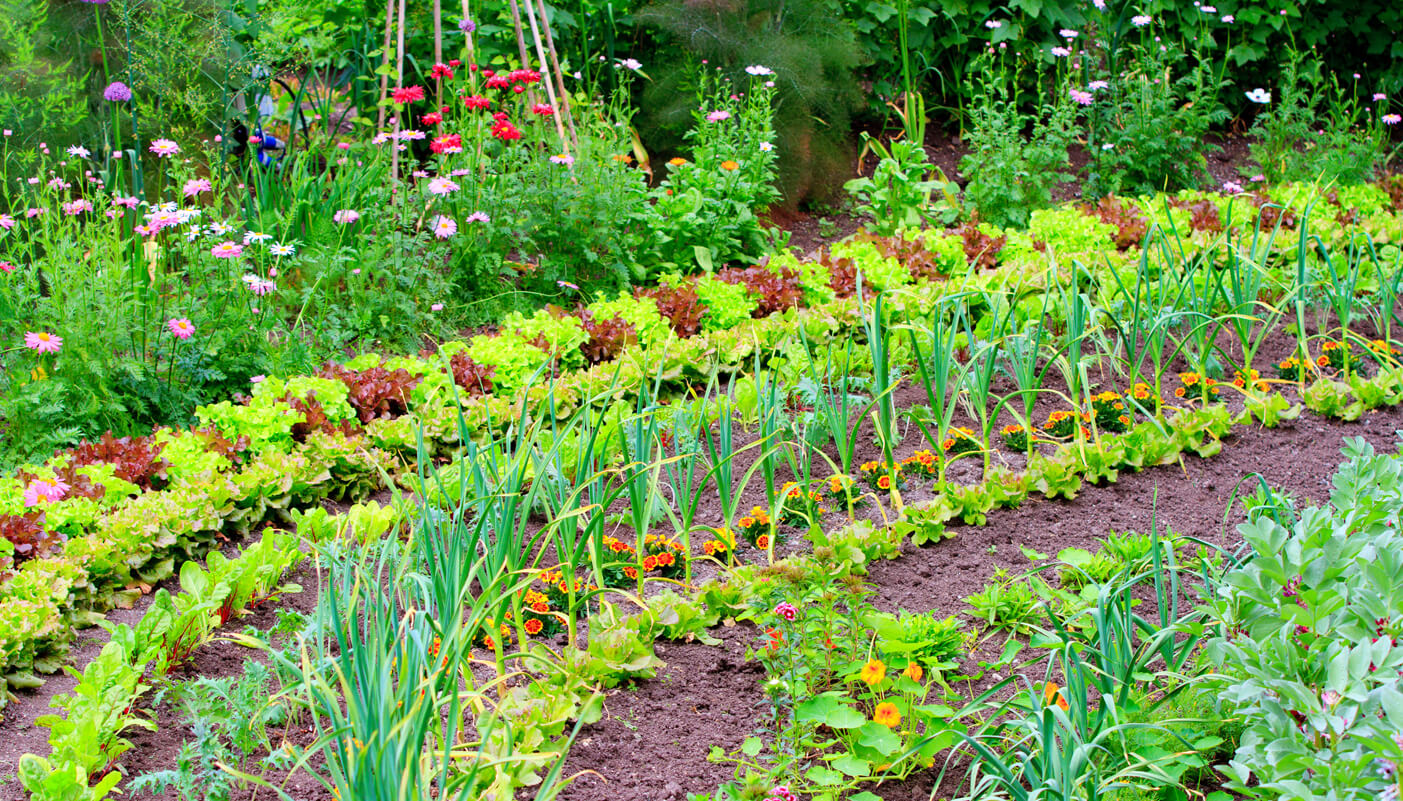Angelica archangelica, commonly known as garden angelica or wild celery (other names include angel’s fishing rod, archangel, aunt Jericho
ground ash, Holy Ghost, root of the Holy Ghost and St Michael’s flower), is a biennial herb that has been valued for centuries for its medicinal and culinary uses. Native to northern Europe, it is a tall and striking plant that can grow up to six feet tall with large, fern-like leaves and clusters of small greenish-white flowers.
Growing Information: Angelica archangelica is a hardy plant that is relatively easy to grow. It prefers cool and damp conditions and is often grown in gardens or along streams and riverbanks. Here are some tips for growing angelica archangelica:
- Planting: Angelica archangelica is typically grown either a 9cm pot or a more established 1 Ltr pot. Plant in the spring or autumn in a location that gets partial shade and has well-draining soil.
- Soil: The plant prefers moist, fertile soil that is rich in organic matter. Add compost or well-rotted manure to the soil before planting.
- Watering: Angelica archangelica requires consistent moisture, so be sure to water regularly, especially during dry spells.
- Fertiliser: Angelica archangelica does not require a lot of fertiliser, an environmentally friendly fertiliser such as Maxicop Seaweed in the spring can help the plant grow stronger and healthier.
- Harvesting: The leaves and stems of angelica archangelica can be harvested in the second year of growth, typically in the summer when the plant is in bloom. The roots can be harvested in the autumn of the first year or in the spring of the second year.
Angelica is a versatile herb that is used in both sweet and savoury dishes. Some ways to use it in cooking are as follows:
- Candied Angelica: The stems of angelica can be candied and used as a garnish or a sweet snack. To candy angelica, blanch the stems in boiling water, then simmer them in a sugar syrup until they become translucent. Remove the stems from the syrup and let them dry on a wire rack before using them.
- Angelica Tea: Angelica leaves and stems can be used to make a fragrant tea. Simply steep the leaves and stems in hot water for 10-15 minutes, strain, and sweeten if desired.
- Angelica Infused Oil: Angelica leaves can be infused in oil and used to flavour salad dressings, marinades, or roasted vegetables. To make angelica oil, gently heat oil (such as olive oil) in a pan with angelica leaves until the oil is fragrant. Strain out the leaves and use the oil as desired.
- Angelica in Baking: Angelica can be added to baked goods such as bread, cakes, and biscuits. Dried angelica can be chopped into small pieces and added to the batter or dough. The herb’s unique flavour profile pairs well with citrus flavours and can add a sweet and tangy note to baked goods.
- Angelica in Savoury Dishes: Angelica can be used to flavour savoury dishes such as stews, soups, and roasted meats. The herb’s strong flavour profile can balance out rich or fatty dishes. Use the leaves and stems chopped finely as a seasoning, or add whole stems to the cooking liquid and remove before serving.
It’s important to note that angelica is a potent herb, and the leaves, stems, and seeds can be toxic in large quantities. As such, it’s important to use the herb in moderation and follow recommended guidelines for safe consumption.
- Digestive aid: Angelica archangelica has been used for centuries to aid digestion and relieve stomach problems such as bloating, gas, and indigestion.
- Respiratory health: The plant contains compounds that can help relieve coughs, colds, and other respiratory problems.
- Women’s health: Angelica archangelica has been used traditionally to regulate menstrual cycles and relieve symptoms of menopause.
- Skin health: Angelica archangelica has been used topically to treat skin conditions such as eczema, psoriasis, and acne.
- Aromatherapy: The essential oil of angelica archangelica has a calming and uplifting effect and is used in aromatherapy to relieve stress and anxiety.
In conclusion, angelica archangelica is a versatile and valuable plant that can be grown easily in the garden and has a variety of medicinal and culinary uses. Whether you are interested in cooking with fresh herbs or exploring natural remedies, angelica archangelica is definitely worth considering.






















